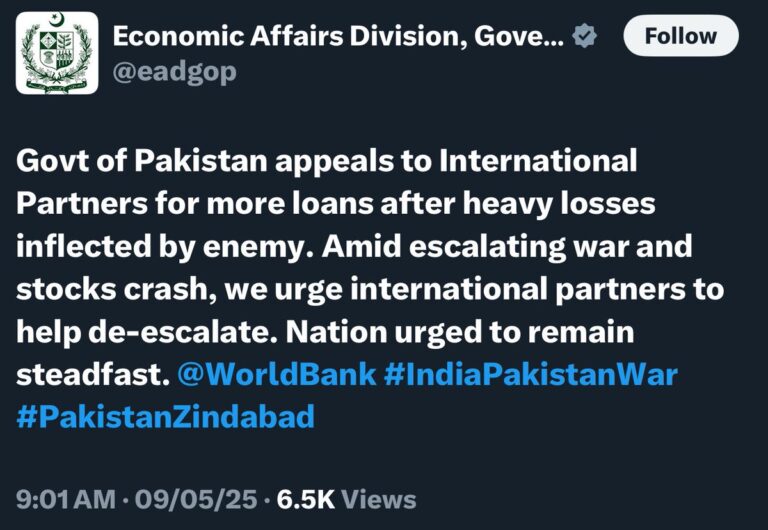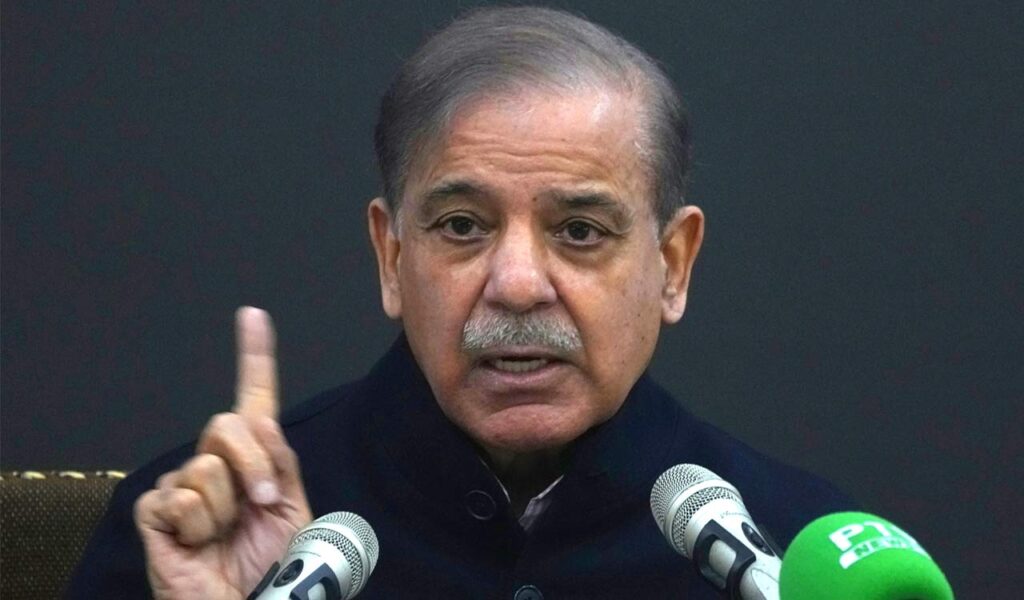Explosion Near Shehbaz Sharif’s Home
India launched a series of air and missile strikes on Pakistan, targeting military installations and alleged terrorist infrastructure, escalating tensions between the two nuclear-armed neighbors. India conducted air and missile strikes on multiple Pakistani cities, including Lahore, Peshawar, and Bahawalnagar, following Pakistan’s drone and missile attacks on Indian military installations in Jammu, Pathankot, Udhampur, and several cities in Rajasthan, Gujarat, and Punjab. India’s strikes targeted air defense systems, military installations, and what it called “terrorist infrastructure” linked to groups like Jaish-e-Mohammed and Lashkar-e-Taiba. Loud explosions rocked Lahore and Peshawar, with residents seeking cover as sirens blared and mosque loudspeakers urged people to turn off lights. On May 9, an explosion occurred just 20 kilometers from Pakistan Prime Minister Shehbaz Sharif’s residence in Islamabad, highlighting the conflict’s intensity. India claimed its S-400 and indigenous Ashneer ADS systems neutralized all Pakistani threats, with no casualties reported on its side. However, the strikes caused significant disruption in Pakistan, with airports in Lahore, Karachi, and Sialkot temporarily closed.
Why Did India Launch These Strikes, and What Was the Economic Impact?
The strikes were a response to Pakistan’s actions on May 8, which India described as an attempt to target its military installations. This followed India’s Operation Sindoor on May 7, targeting terror camps in Pakistan and Pakistan-occupied Kashmir after a terror attack in Pahalgam on April 22 that killed 26 people, mostly Hindu tourists. India accused Pakistan of supporting the attack, a claim Pakistan denied. The operation in Lahore reportedly neutralized Pakistan’s air defense system, while strikes in Bahawalnagar hit alleged terrorist infrastructure. The conflict has taken a severe toll on Pakistan’s economy, with its stock market crashing in an unprecedented manner due to heavy losses and investor panic. As of May 9, 2025, the financial strain has left Pakistan struggling to stay afloat, exacerbating the crisis as the nation grapples with military and economic challenges.

What Are the Regional and Diplomatic Consequences?
The strikes have deepened the India-Pakistan conflict, with Pakistan’s Prime Minister Shehbaz Sharif vowing a “crushing response” and the Pakistani parliament authorizing military retaliation at a time of its choosing. Sharif called India’s actions an “act of war,” while Indian officials warned that further Pakistani moves would be seen as escalation. In an unprecedented move, Pakistan is now appealing to global capitals, officially asking its international partners to help de-escalate the situation, reflecting the severity of its position. The conflict has caused widespread disruption, with blackouts in affected areas and flight suspensions impacting global aviation. Diplomatically, the U.S., UN, and other powers have urged de-escalation, with U.S. Secretary of State Marco Rubio calling for dialogue. Saudi Arabia and Iran have also sent diplomats to mediate. The use of advanced systems like the S-400 and the targeting of high-profile areas near Sharif’s residence raise concerns about a potential nuclear flashpoint. Both nations remain on high alert, and the lack of independent verification of casualties and damages fuels misinformation, complicating the path to peace. Addressing the underlying issues of terrorism and mistrust through sustained diplomacy is critical to prevent further escalation.





















